I’m cruising along a quiet German urban street at about 20mph, behind the wheel of an Audi A4. Suddenly, off to my left, I’m distracted by a wayward cyclist who has weaved across the road and crashed in a heap on the pavement.
While I’m half-absorbing that, however, a man with a baby stroller has walked out into the road a few metres ahead of me. Instinctively I go for the brake pedal. The Audi’s forward facing safety systems have already sensed the potential for an unfortunate impact and pre-pressurised the brake system, so when I press the pedal, I come to an abrupt halt.
Fortunately for my blood pressure and the safety of pedestrians, none of this is real. I’m sampling the new Audi Virtual Training Car, a high-tech tool that immerses its users in a virtual reality (VR) world that enables them to experience road scenarios that are a little difficult to fully replicate on the ‘real’ public highway.

The Virtual Training Car is a still-developing project that’s being used to train Audi’s salespeople. The idea is that rather than simply memorising an operations manual to equip them to tell customers about new driver assistance system on Audis, the salespeople can report their experiences of the systems in authentic situations.

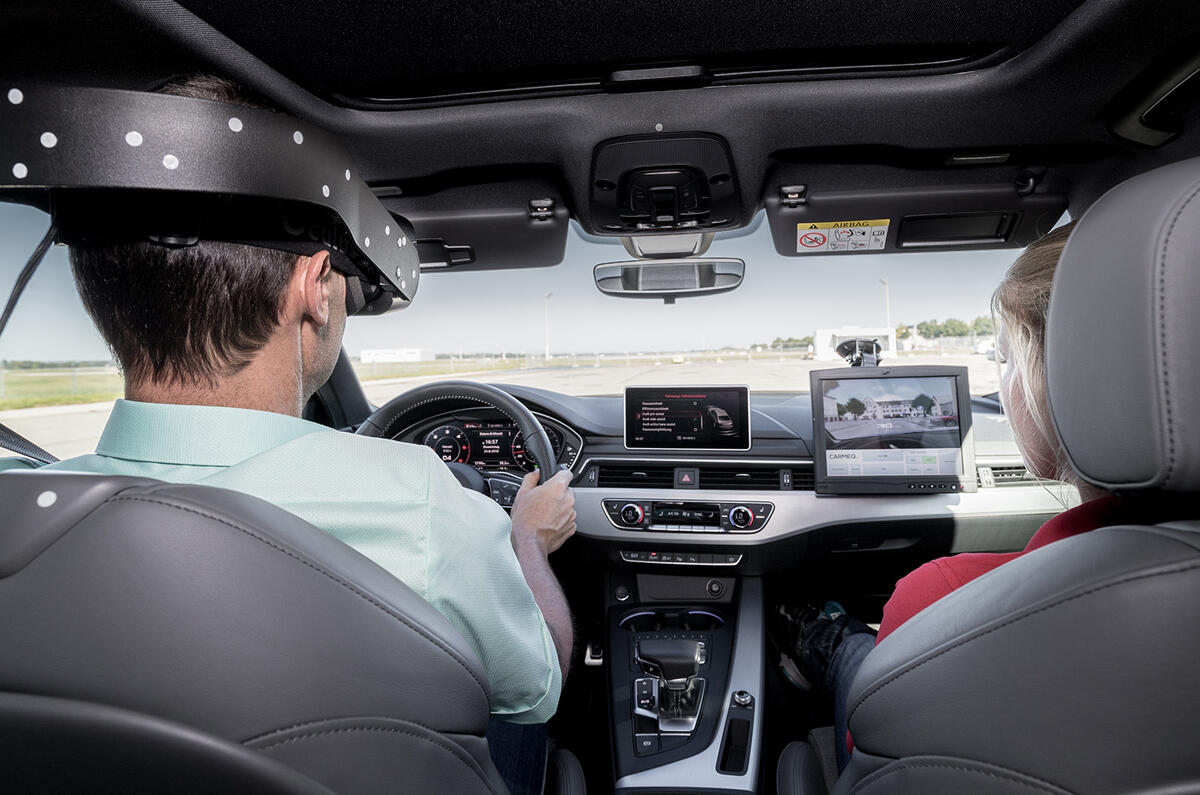
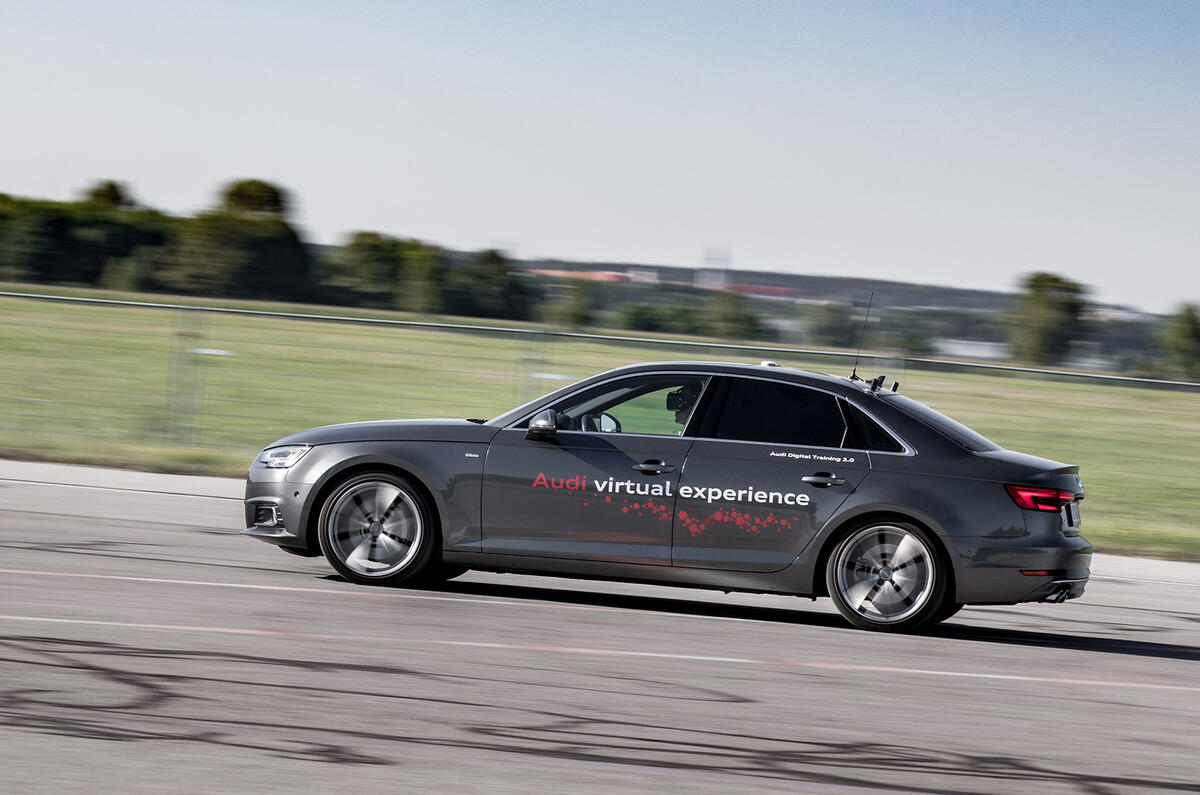
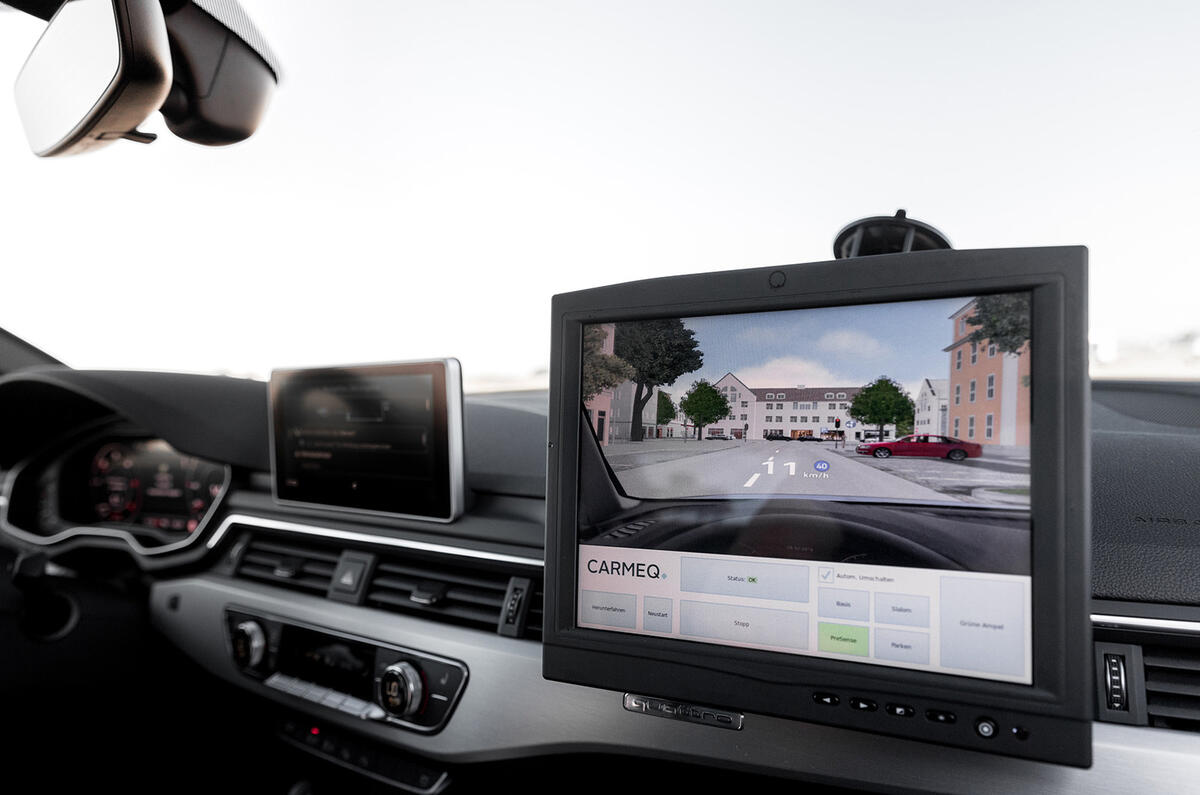


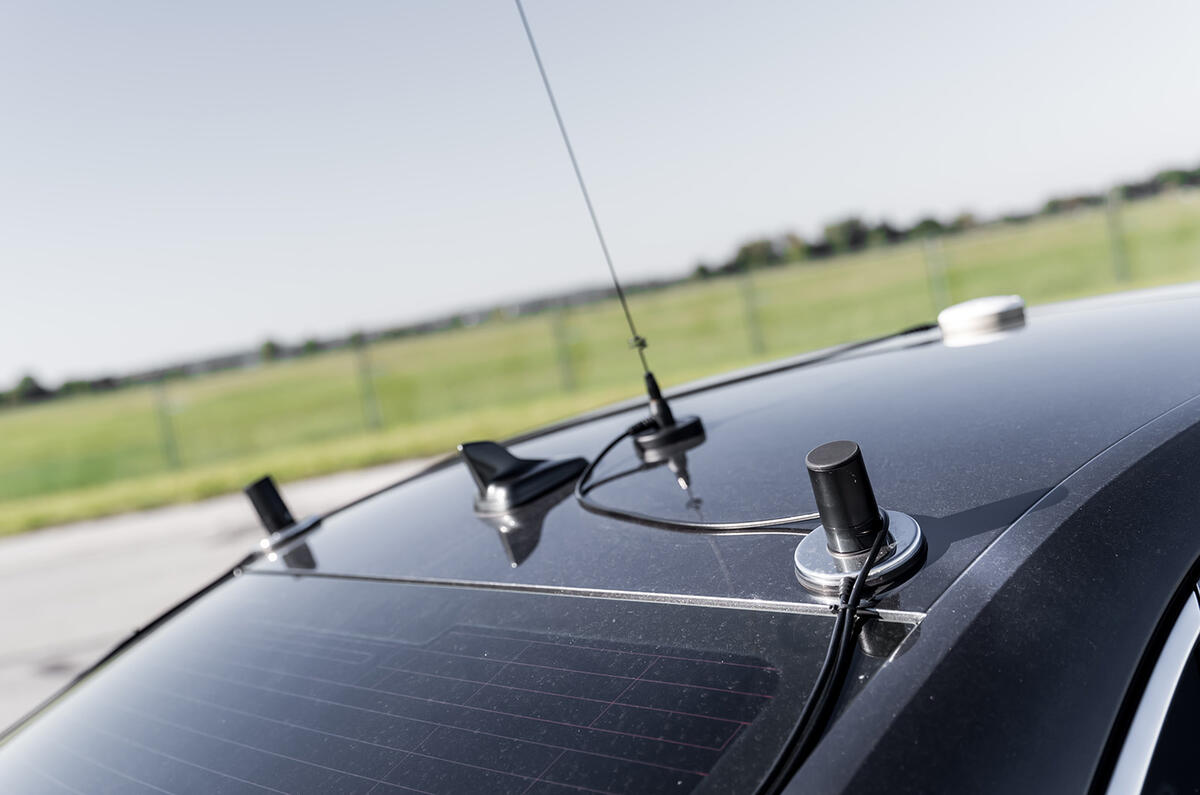
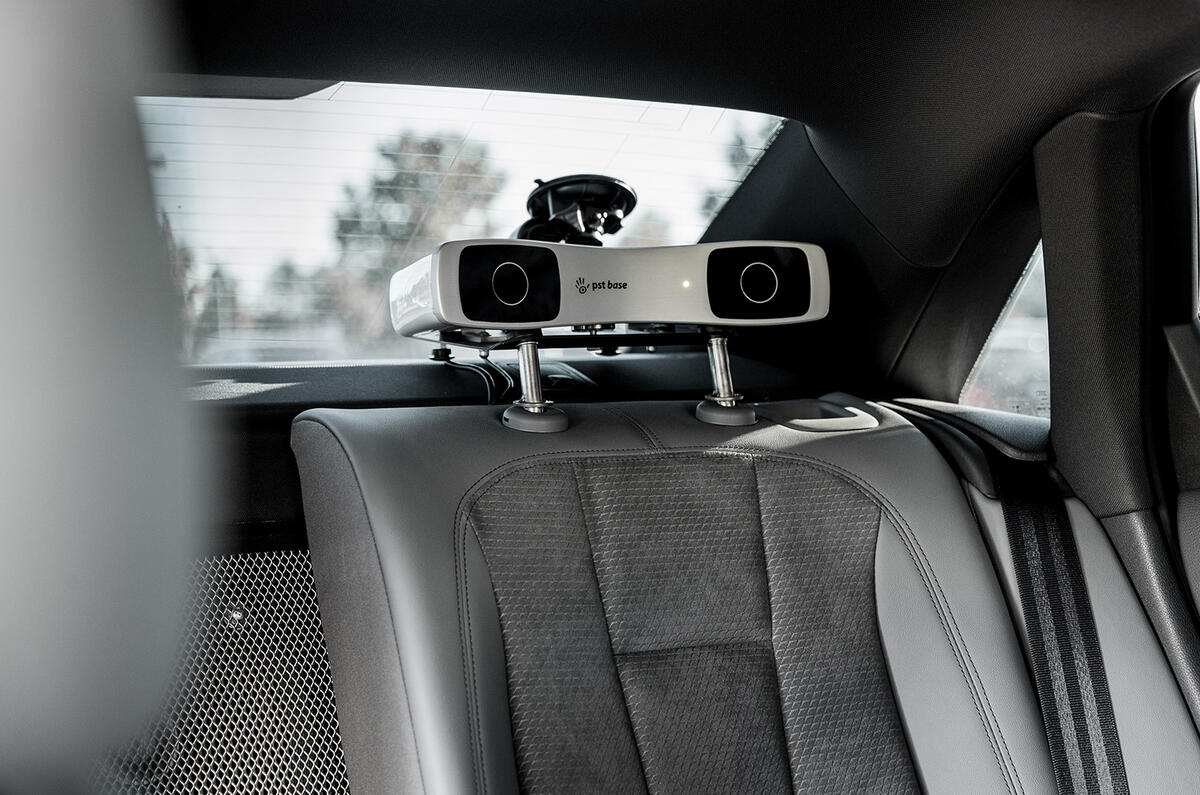



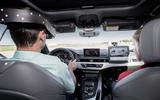
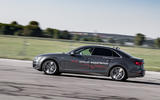
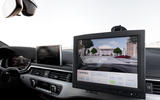




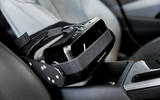
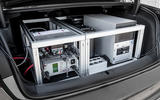






Add your comment